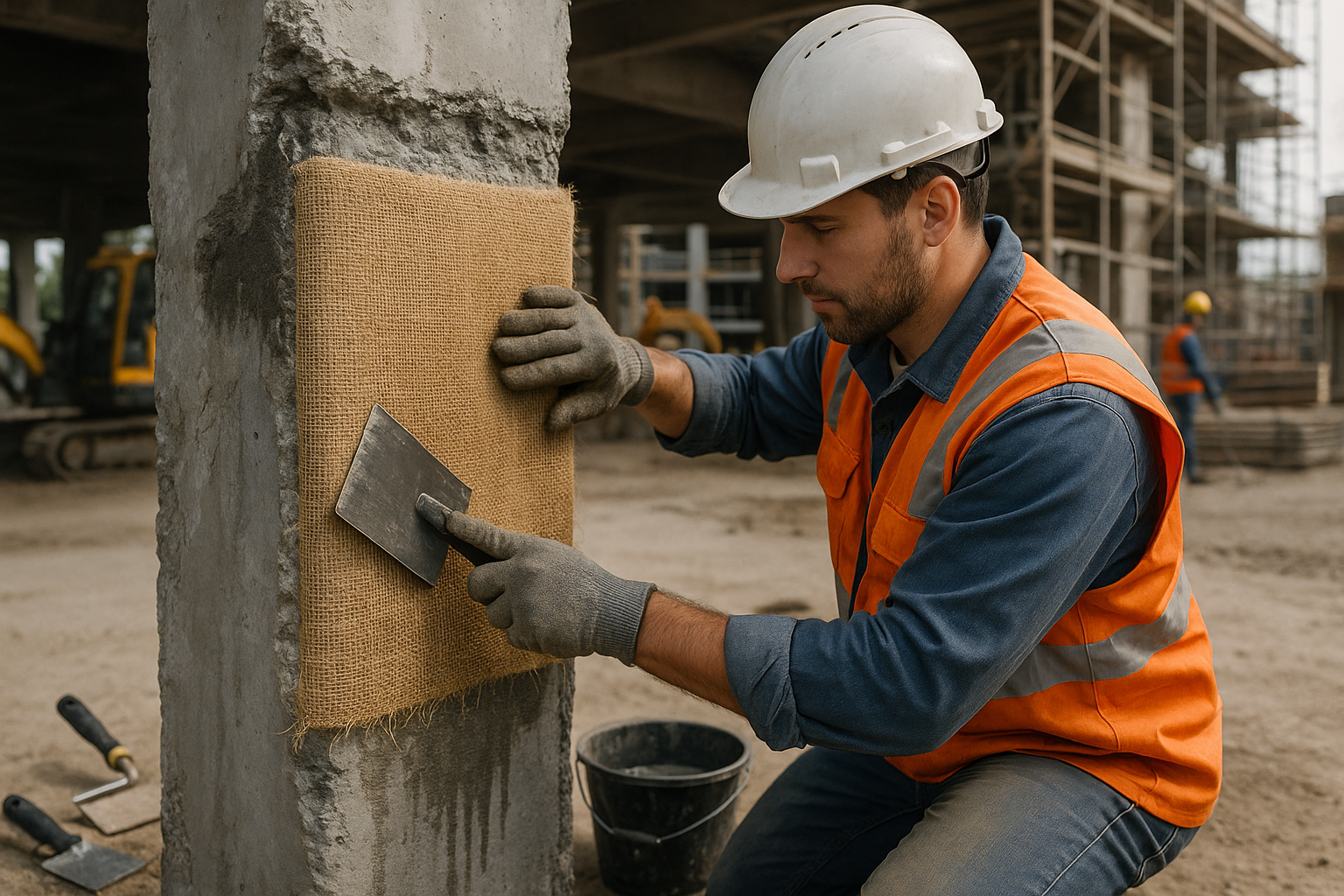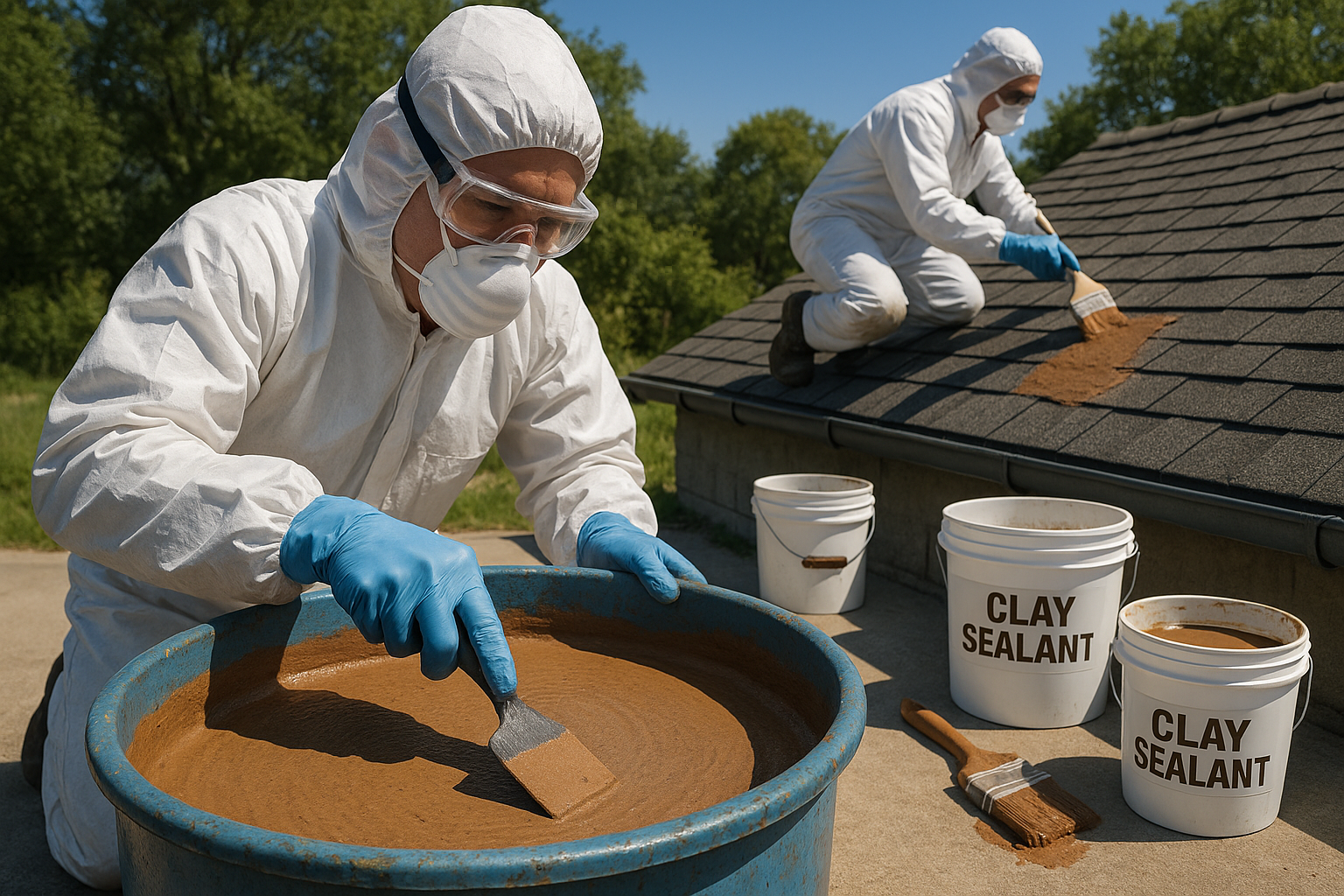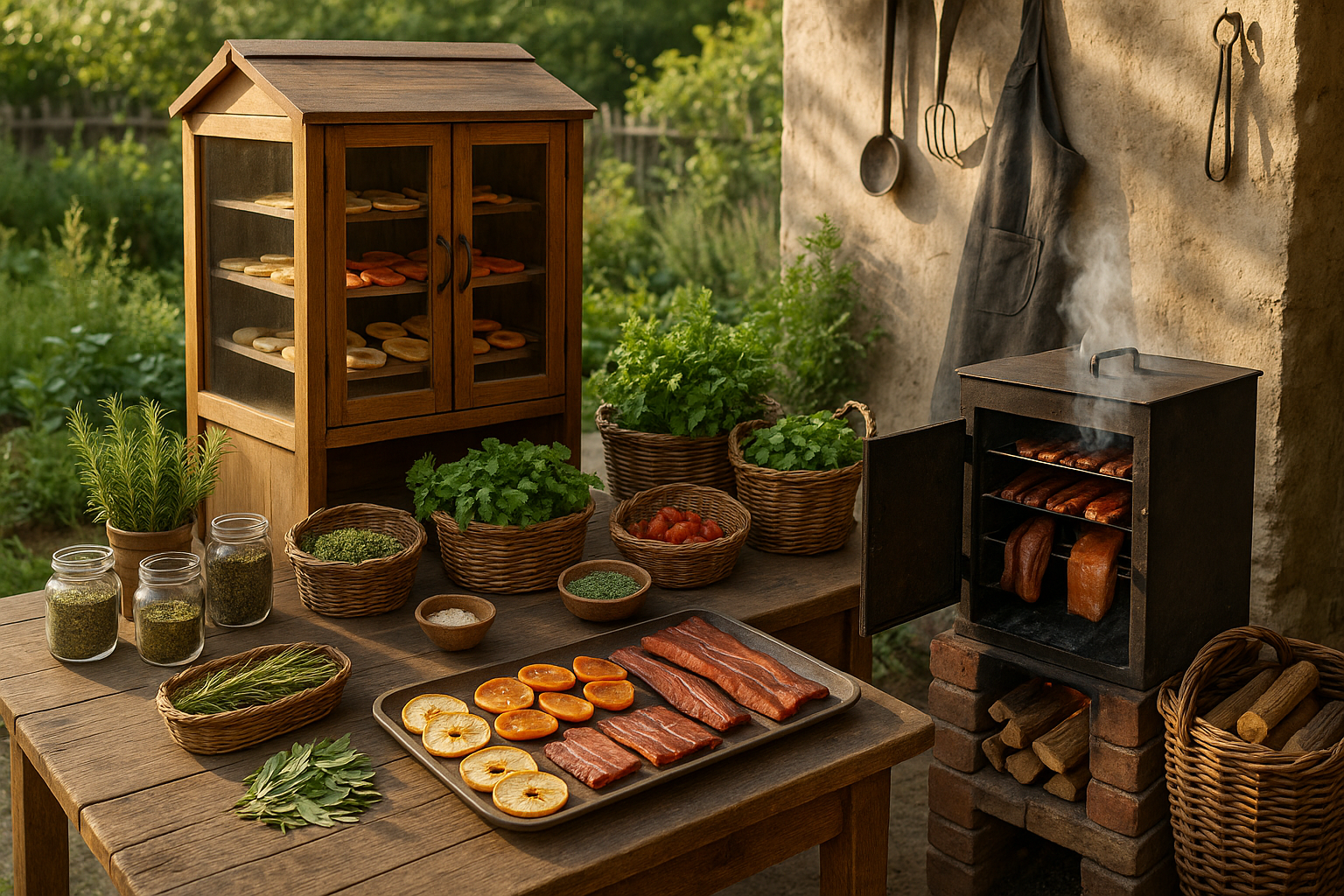In the ever-evolving field of structural engineering, innovation and sustainability are two forces that drive progress. As the demand for environmentally friendly materials continues to rise, researchers and industry professionals are turning their attention towards nature’s own creations: natural fiber reinforcements. 🌿 This burgeoning field explores how fibers derived from plants and other natural sources can be harnessed to enhance structural repairs, providing a sustainable alternative to traditional materials.
Imagine a world where the bridges you drive over, the buildings you work in, and even the vehicles you commute with are reinforced by the strength of nature. This is not just a vision for the future; it’s a reality in the making. Natural fibers like flax, jute, hemp, and sisal are stepping into the spotlight, offering a unique blend of strength, flexibility, and sustainability. As concerns about climate change and resource depletion grow, these natural solutions present an opportunity to rethink the materials we rely on and the impact they have on our planet. 🌍
The journey to integrating natural fiber reinforcements into structural repairs is both fascinating and complex. It involves understanding the unique properties of each fiber, how they interact with other materials, and the best practices for their application in real-world scenarios. From the way they are harvested and processed, to their performance in various environmental conditions, every aspect of natural fibers must be meticulously studied and optimized.
In this comprehensive exploration, we will delve into several key topics that illustrate the potential of natural fiber reinforcements. First, we will examine the inherent properties of these fibers that make them suitable for structural applications. We’ll explore their tensile strength, durability, and resistance to various environmental factors, providing a scientific basis for their use in engineering solutions. 🧪
Next, we’ll navigate through the environmental benefits of choosing natural fibers over synthetic alternatives. With a growing emphasis on reducing carbon footprints and minimizing environmental impact, natural fibers offer a biodegradable and renewable resource that aligns perfectly with sustainable development goals. We’ll discuss how these materials can help in reducing waste and conserving energy, paving the way for a greener future.
The economic implications of adopting natural fiber reinforcements will also be a focal point of our discussion. While the initial investment in research and development might be significant, the long-term cost benefits, including reduced material costs and enhanced durability, could offer substantial economic advantages. We’ll explore case studies and real-world applications that demonstrate these benefits in action.
Furthermore, we will address the challenges and limitations that come with the use of natural fibers. Despite their many advantages, these materials also have their drawbacks, such as variability in quality and performance. Understanding these challenges is crucial for advancing the field and developing effective solutions that maximize the potential of natural fibers.
Finally, we’ll look into the future of natural fiber reinforcements, highlighting emerging trends and technologies that could revolutionize the industry. From advances in composite technology to innovative processing techniques, the horizon is filled with exciting possibilities. 🚀 We’ll discuss how continued research and collaboration across disciplines can drive the evolution of natural fibers from niche applications to mainstream adoption.
In embracing the power of natural fibers, we are not only tapping into a rich resource provided by nature but also taking a step towards a more sustainable and resilient future. Join us as we explore the strength from nature and uncover the transformative potential of natural fiber reinforcements for structural repairs. 🌱

Conclusion
As we conclude our exploration of natural fiber reinforcements in structural repair, it’s clear that sustainable materials are reshaping the future of construction and restoration. By integrating fibers such as jute, flax, hemp, and sisal into composites, engineers achieve strength, flexibility, and durability while reducing environmental impact.
The true advantage of natural fiber reinforcements lies in their harmony between performance and sustainability. 🌎💡 These bio-based materials provide excellent mechanical properties, low weight, and biodegradability — offering an eco-friendly alternative to synthetic fibers like carbon or glass. Ultimately, using natural fiber reinforcements for structural repairs is more than a technical innovation — it’s a commitment to greener engineering, resource efficiency, and the responsible evolution of modern infrastructure.




